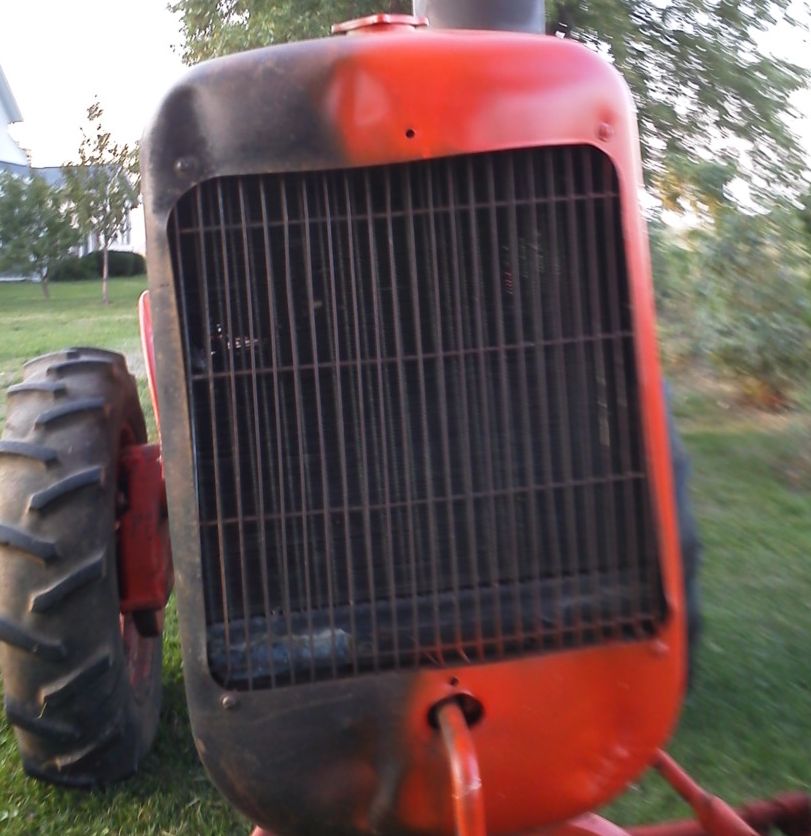The 'real' answer to the question of 'why torque is higher at lower RPM', is that the combustion chamber pressure, fuel burn rate, and expansion velocity are better suited to the lower piston speed.
Keep in mind that the diesel engine's ignition point is determined by injection timing AND compression pressure. A spark-ignition engine can be ignited much sooner, because compression is not the instigator of flame...
but also keep in mind that diesel fuel's burn rate and expansion are entirely different from a gasoline, propane, or natural-gas mixture... each fuel has it's own properties, and with a slower burn rate, a lower expansion velocity yields highest combustion/expansion pressure, hence, greater useable force at slower piston speeds. The tradeoff in design, is that slower crankshaft speed isn't the whole picture- it's also stroke length... and because the piston's displacement from one angle to the next results in a sinusoidal change in piston position, the change in displacement volume is the result of multiplication of a sinuoidal function.
 DougS wrote: DougS wrote:
Probably because the volumetric efficiency increases as the RPM decreases, given the same throttle setting. Know that HP and torque are equal at 5200 RPM. At speeds above 5200 the HP will increase a bit more, but the torque will decrease. The peak torque depends on how the cam is ground, of course. This is where variable valve timing has become so useful in modern cars when more is needed from smaller engines. |
Volumetric efficiency is nothing more than a machine's ability to move fluid, in this case, air. Since we're talking piston engines, they're breathing in and out, and VE is a result of anything that changes the ability of that piston to 'breathe'. The factors determining breathing include static drag (like an air filter or restrictive exhaust), or simple harmonic motion... like the length and diameter of intake and exhaust pathways... and the last being the combustion chamber's volume and turbulence... again, this is a bore-and-stroke thing. These factors are highly critical in say, a two stroke engine... and almost as much in a four-stroke spark ignition engine.
When you turbocharge or supercharge, most of these things become moot. When you direct-inject fuel into a turbo or supercharged engine, they become extremely moot, because you're increasing what was ambient pressure, to double, triple, or more... where the original restriction and tuning may have made less than a quarter-atmosphere of variable impact, now you're shoving it in at ten times' that magnitude.
From a fuel-side perspective (it's a two-piece suit- fuel, and oxygen, right?) With direct injection, there is no fuel in the VE-impacted volume- it's just air. Fuel goes into the chamber based on how the pump is set up... hence, VE considerations are insignificant in the face of forced-induction.
Here's an easy way to look at it...
Put a big, heavy projectile in the barrel of a cannon, and put some fast-burning powder in the chamber, and touch it off. The powder burns fast, expands rapidly, and generates incredible chamber pressure.. but the projectile is so heavy, that the powder is burned out before the projectile has moved more than a few inches, so there's barely enough momentum left for it to fall out the end.
Use a much lighter projectile, and the projectile will accellerate much faster, leaving the barrel and flying some distance.
Now, use a slower-burning powder... something with higher energy density. It doesn't generate as much initial pressure, but as it burns, it expands much more, forcing the pressure very high, but for a much longer time period. If you have a heavy projectile, it will accellerate, and leave the barrel with substantial velocity. If you use a very light projectile, it too will leave with substantial velocity, but being light, will depart even before all the powder has burned, with the result being a big flame spitting out the barrel... wasted energy (and poor for projectile departure stability... makes it 'wobble').
Matching the engine's design to the fuel being burned, is hence very, very important to getting the best work-energy from a given fuel. Diesel fuel's major component has typically been measured in 'cetane' rating. Cetane is Hexadecane... C16H34... 16 hydrogen-carbon bonds. Compare that to Octane (C8H18), it's pretty clear just by numbers that Octane doesn't have but half the H-C bond chain per molecule... the energy density per molecule is much lower. The bonds not only affect fuel energy, they also affect flashpoint, and flame rate under some given pressure.
In short, if you ran the Diesel off some faster-burning fuel (and took obvious precautions to doing so), it would create a peak torque at a higher rpm... but that wouldn't guarantee similar torque figures. To get best fuel-to-power efficiency, the engine must be intimately designed around the specific fuel. That's why when you run a gasoline engine on ethanol, the physical power output is lower, but if you build a top-fuel dragster to run on ethanol or methanol, the power output can be much higher. It also explains why there's a flame coming out the tailpipe when the front wheels come off the ground- it's opening the exhaust valves before the fire's burned out...










 Topic Options
Topic Options

 Post Options
Post Options Thanks(0)
Thanks(0)





 DougS wrote:
DougS wrote:
